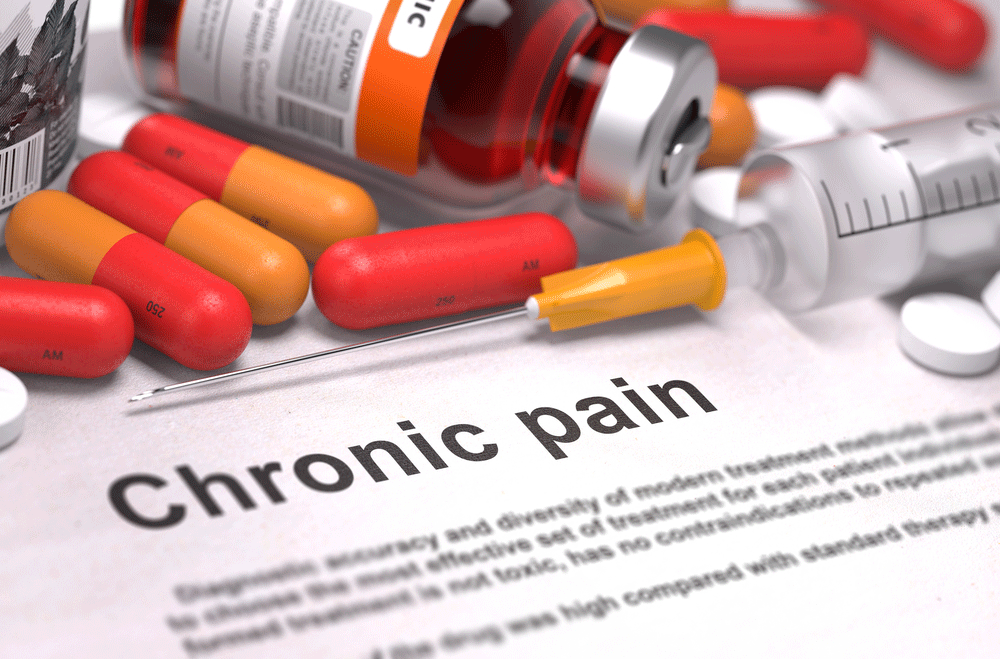use of opioid painkillers for chronic pain can result in “increased risk of wound dehiscence… who have undergone abdominal or pelvic surgery,” Dr. Davis said. In fact, opioids can delay closure and impair the integrity of the wound. He added that “even more important is that opioids alone can cause complex sleep apnea, which places individuals at risk for nocturnal hypoxia, arrhythmias, and cardiovascular deaths.”

Pain, depression, and anxiety are also associated with poor response to opioid therapy, the study states. “Those with a negative affect have greater pain disability, pain intensity, greater opioid side effects, and dropout more frequently with opioid titration or conversion relative to those without depression.”
Those most at risk for experiencing adverse side effects from long-term opioid therapy are individuals with chronic lung conditions with evidence of airway obstruction since they have a high prevalence of sleep-disordered breathing, which is compounded by opioids.
According to Dr. Davis, there are much better options to treat chronic pain than opioids, including behavioral therapy, yoga, and physical exercise. He also believes that overprescription is a big part of the problem since treatment options are limited.
Earlier this year, the Centers for Disease Control and Prevention (CDC) released new guidelines for prescribing opioids for chronic pain. The CDC stated that there is insufficient evidence to determine the long-term benefits to opioid painkillers as compared to no opioid therapy. The guidelines further stated that evidence suggests the risk for “serious harms that appears to be dose-dependent.”
The biggest misconceptions about opioid use, according to Dr. Davis are that “opioids are as effective for chronic pain as they are for acute pain,” the fact that “opioids do not cause pain,” and “opioids improve function in common chronic pain syndromes like low back pain.”
















